Humanity has sent many different “matter” into space over the years. There are still many different items out there, from tools that help us explore the depths of space to nail clippers and poop!
Many human-created objects in space, each carrying its own story; Journey from planet to planet, star to star It does. There are those that orbit the sun, write their stories on the red soil of Mars, and even echo on the silent surface of the Moon…
If you’re ready for some “What does this have to do with anything?” Then you’ll want to kiss the hands and feet of the engineers who developed some of them. What are these items? let’s see.
Interesting and valuable substances we left in space
Vanguard, the oldest satellite in Earth orbit
Vanguard 1, launched on March 17, 1958, is the oldest satellite currently in Earth orbit, according to NASA. The batteries on the 3.21-kilogram spherical spacecraft ran out a few months after launch, but the satellite was launched into a 654×3,969 km long orbit. remaining in orbit for another 175 years Waiting. This old satellite is still there, orbiting the Earth…
The golden olive branch that Armstrong left on the Moon
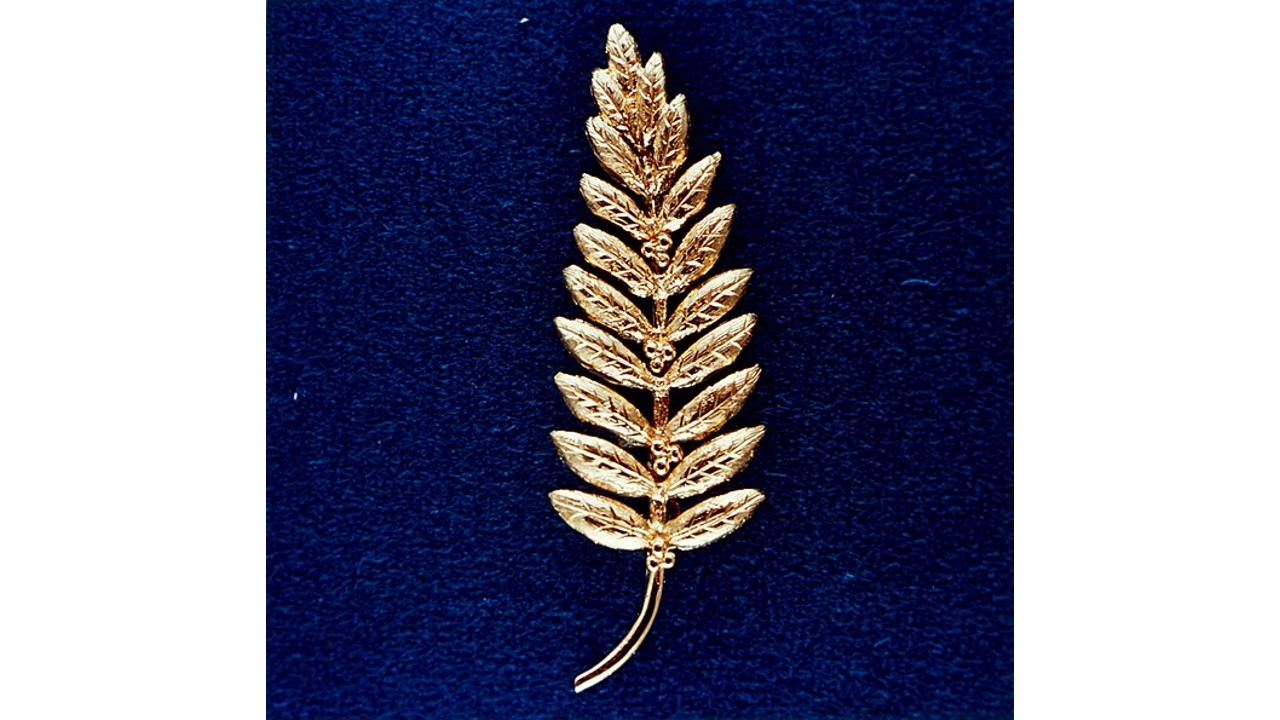
During the “Apollo 11” mission in July 1969, NASA astronauts Neil Armstrong and Buzz Aldrin landed on the surface of the Moon. a small olive branch from underneath They left. This relic became of immense historical importance and remained a meaningful symbol as the space race continued.
Rotor helicopter Ingenuity
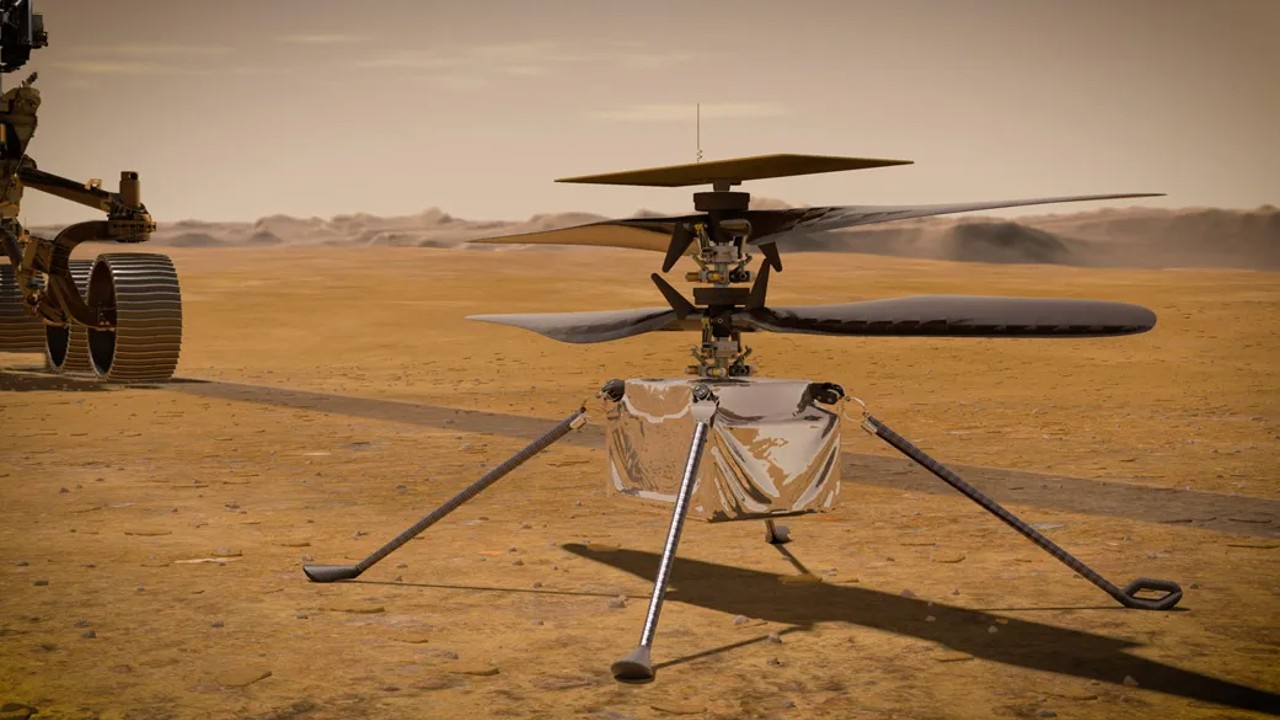
NASA’s “Ingenuity” helicopter made history by making its first flight on Mars on April 19, 2021. This; It was the first powered, controlled flight on another planet. Ingenuity, working with its mission partner “Perseverance rover” 72 flights and eventually succumbed to a mission-ending rotor failure in January 2024.
The daring rotorcraft demonstrated the feasibility of aerial exploration and data collection in the Martian atmosphere. Ingenuity’s legacy is firmly secured as the mission is now larger and more capable of launching missions to Mars or elsewhere in the Solar System. involving more complex aircraft, It paves the way for much more ambitious projects.
The first weather satellite TIROS-1
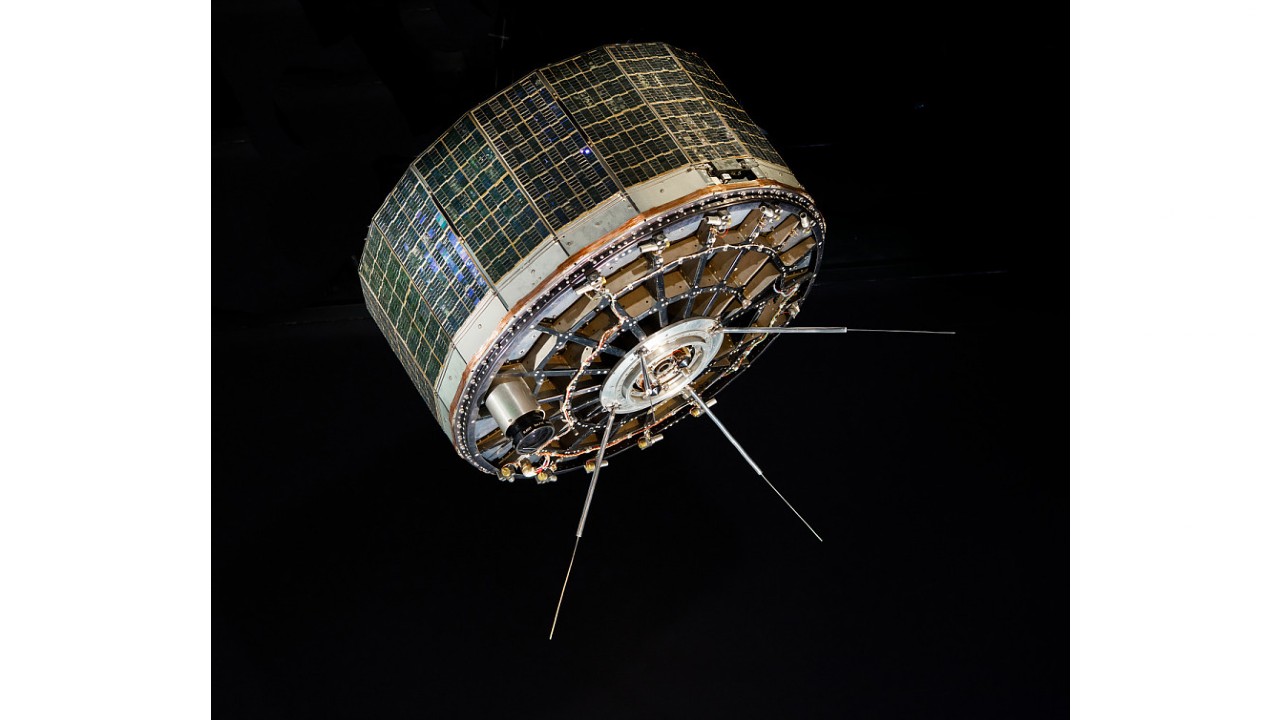
According to the space agency, the “Television and Infrared Observation Satellite” or “TIROS-1” is the satellite launched into space. was the first weather satellite and was NASA’s first experimental step to determine whether satellites would be useful in studying the Earth.
The mission was a great success, and although it only operated for 78 days, it was used for weather forecasting. first space-based meteorological data provided. TIROS-1 was launched into Earth orbit on April 1, 1960 and remains there today.
Nail clippers, lens caps, earplugs…
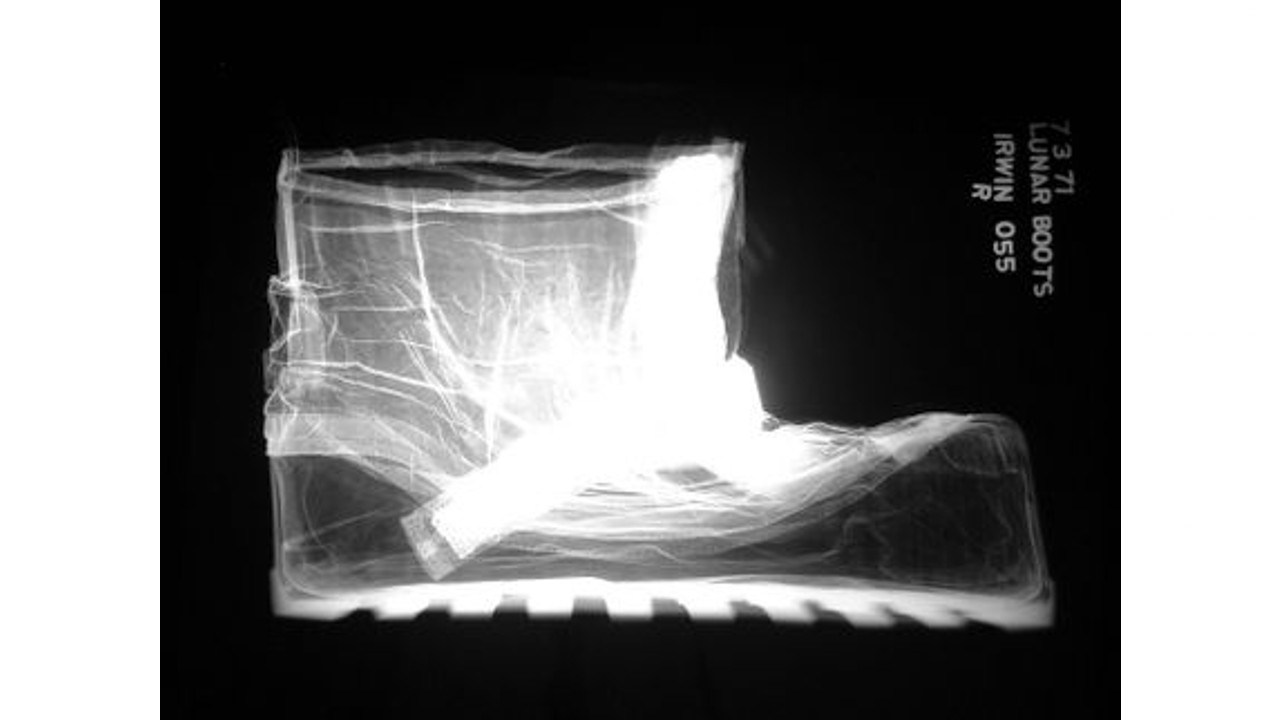
NASA keeps a catalog of all the human-made material left on the Moon, and it’s pretty big… On NASA’s list lens cap, hammer, boots, tripod, nail clippers, soap and earplugs It features a surprising variety of items, including:
Mariner 4 continued to operate in orbit around the Sun for another 3 years.
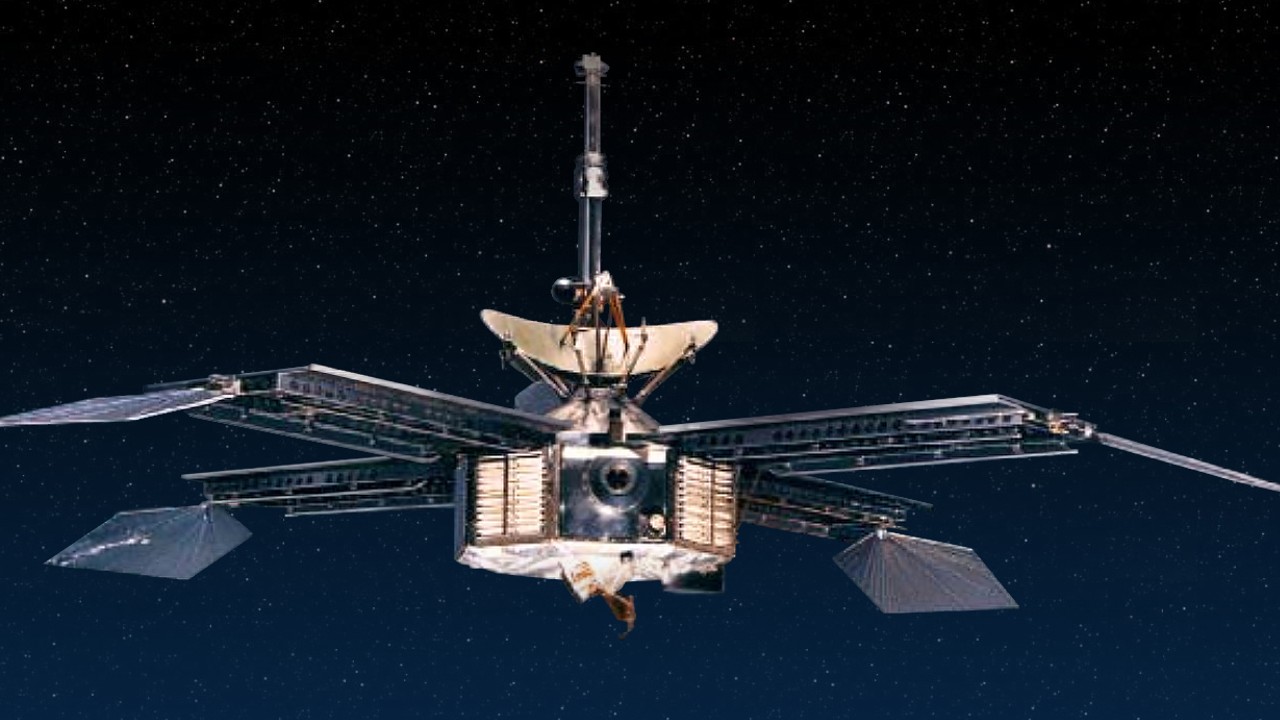
NASA’s Mariner 4 spacecraft is currently orbiting the Sun in space, but its historical legacy is safe. Mariner 4, which was launched to Venus, passed by Mars on July 15, 1965, and crashed into another planet. First spacecraft to take close-up photographs happened.
The craft was expected to survive only 8 months after the Mars encounter, but while orbiting the Sun 3 more years managed to work. He continued long-term studies of the solar wind environment.
There are even golf balls and clubs…
Two golf balls and a golf club that NASA astronaut Alan Shepard brought to the Moon during the Apollo 14 mission in 1971 now remain there. In fact, after Shepard hit the ball, the ball traveled for kilometers due to low gravity… The moments when Shepard hit the ball from the video above you can watch.
How about space poop?
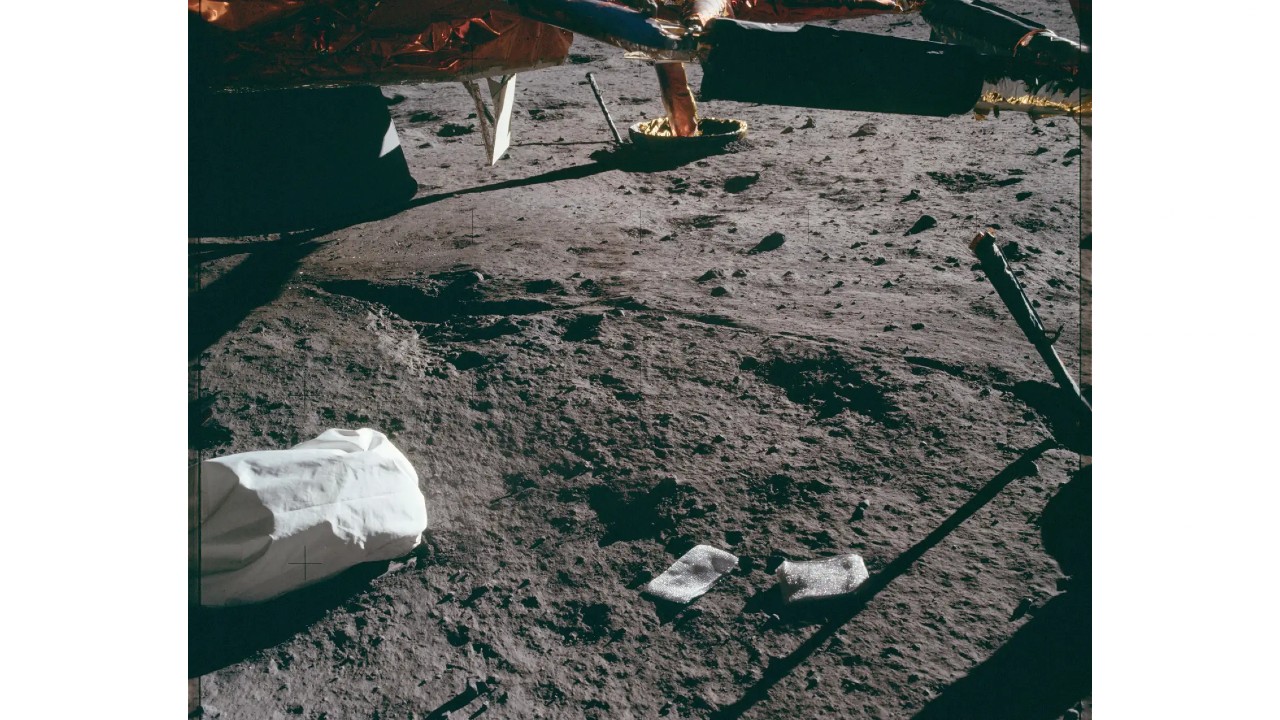
There are some items of scientific value in space that need to be returned, including human waste bags left behind by astronauts. inside These bags containing urine and feces, It contains biological materials that scientists would like to study.
The bacteria that once lived in this waste are probably long dead, but biologists say interplanetary microbial contamination He wants to prove it once and for all because it indicates his potential.
Viking 1, which reveals many things we did not know about the Red Planet
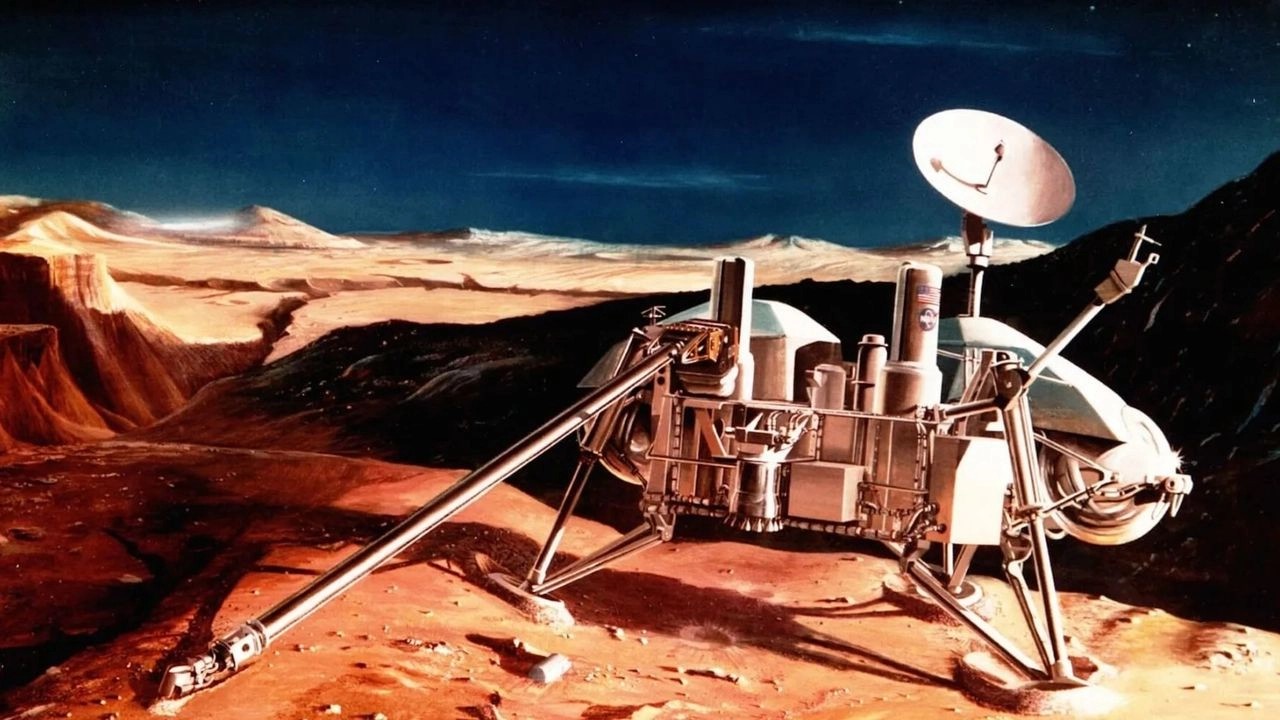
NASA’s Viking 1 rover reached the surface of Mars on July 20, 1976, where it captured exciting photographs of the dusty and rock-strewn surface. Viking 1, the first lander to reach the Red Planet It worked for 4 years and yielded important chemical data about the Martian regolith. collected.
We would be surprised if it was missing… The sports car that Elon Musk launched into space is also there!
SpaceX founder Elon Musk’s personal Tesla Roadster was launched into space. The sports car is still orbiting the Sun, floating in the cold and inhospitable environment of space.
Lunokhod 1, which provides valuable information about the soil of the Moon
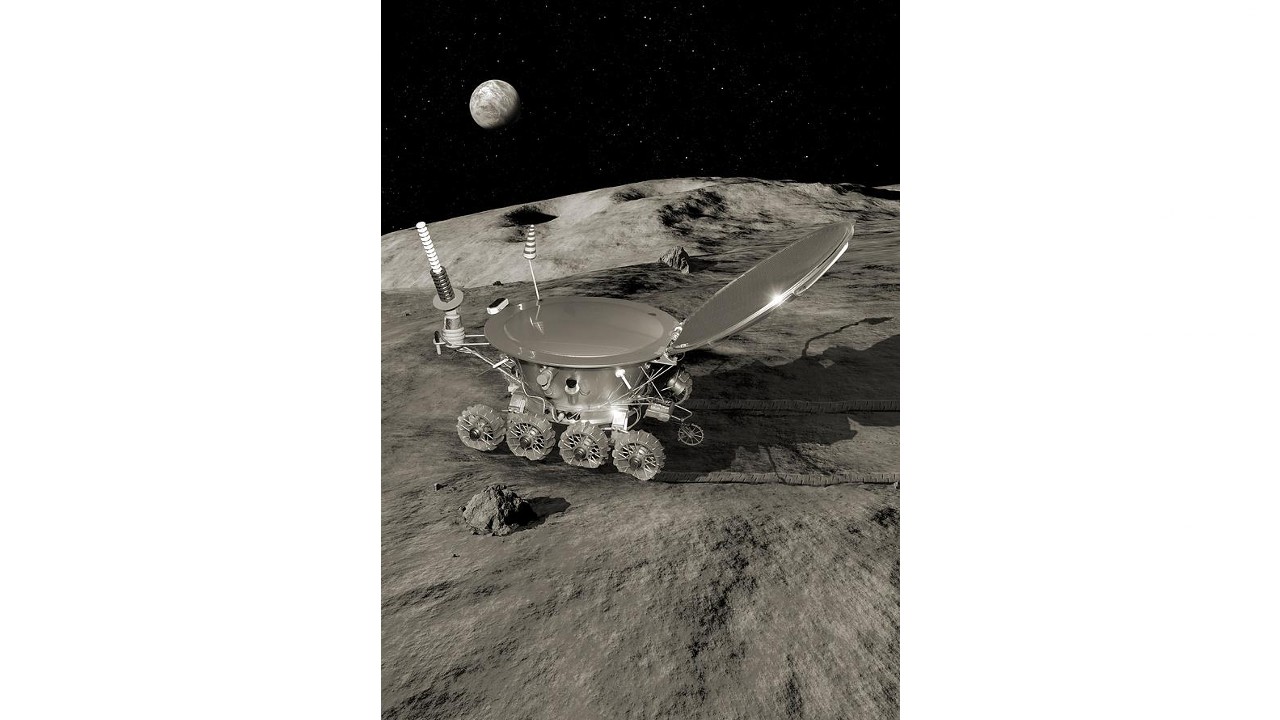
Lunokhod 1, the first wheeled rover to reach the lunar surface on November 17, 1970, returned valuable information about the composition of the lunar regolith (soil) and local topography. The rover is currently continuing its research on the Moon and passing by moon satellites can be clearly seen from.
tiny ceramic plate
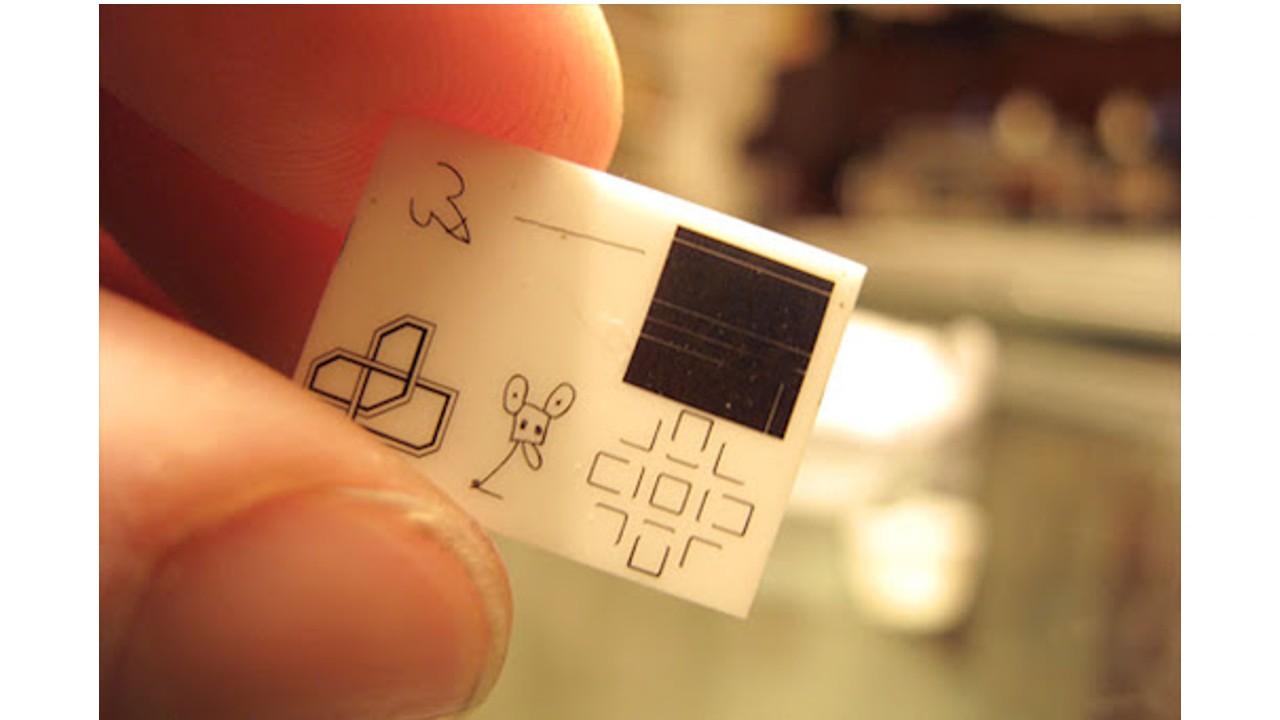
Sculptor Forrest Myers created a small ceramic plate and inserted a chip into it. Artworks of 6 different artists put it. Although NASA did not agree to transport the artifact, Myers told an Apollo 12 engineer to install it in the lunar module.
Of course, this is what’s currently in space. tools, substances, belongings, poops It’s too much to count. Many rovers and probes, apart from the ones we have specifically mentioned, are currently continuing to conduct research in the depths of space or floating in space.
If you would like to take a look at our other content about NASA:
RELATED NEWS
When You See the “X” Shaped Plane Designed by a NASA Engineer, You Will Wish It Had Come to Life!
RELATED NEWS
Why Does NASA Want to Build a Nuclear Reactor on the Moon?
RELATED NEWS
